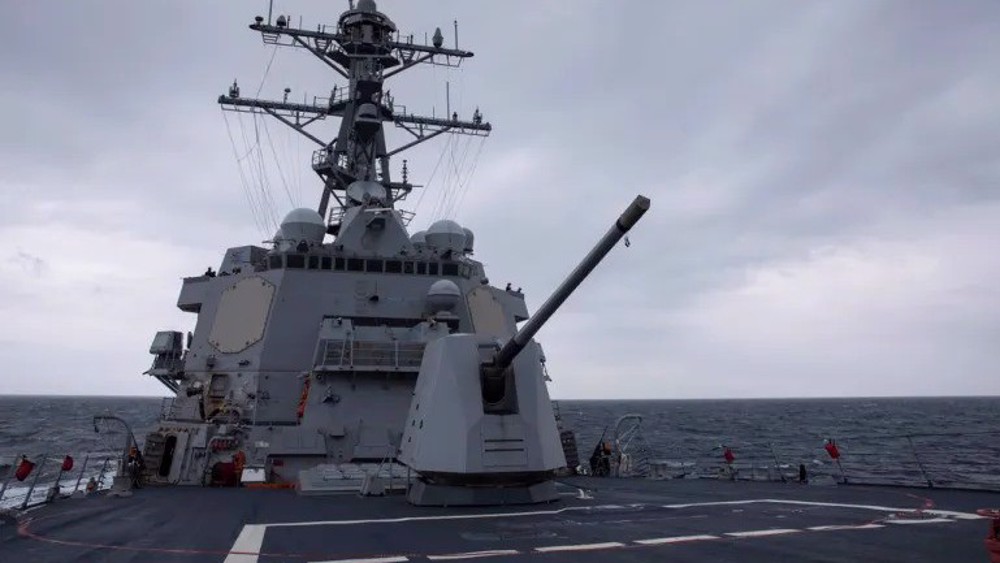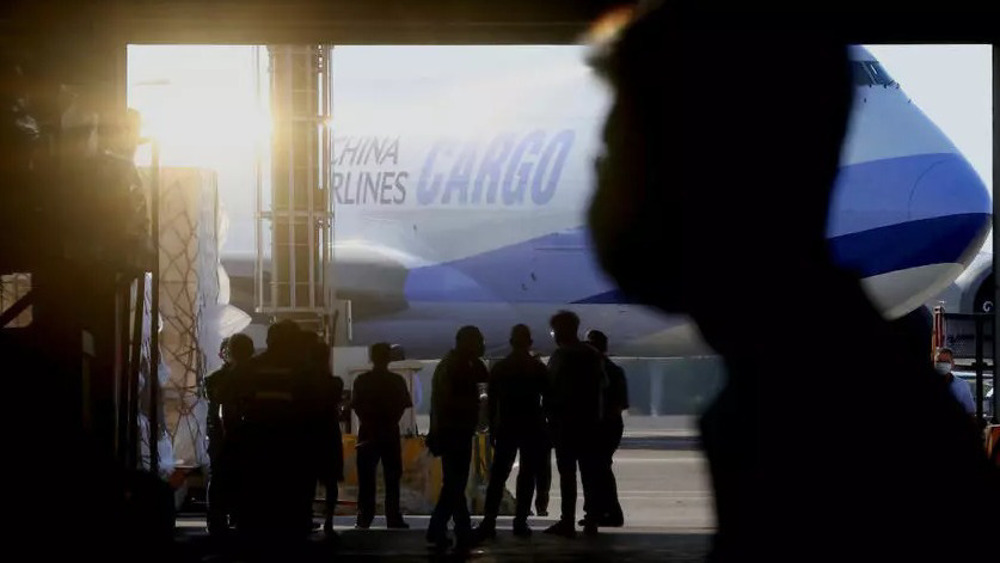COVID-19 origins: Australian scientist dismisses Western media reports on Wuhan Lab
Australian virologist Danielle Anderson, a foreign scientist who worked at the Wuhan Institute of Virology in China ahead of the outbreak of the COVID-19 pandemic, has dismissed Western media reports about the facility being the source of the outbreak.
Anderson told Bloomberg on Monday that she was impressed with the security at the institute's maximum biocontainment lab.
The virologist added that strict protocols and requirements were in place to contain the dangerous pathogens studied at the facility in contradiction to what some Western media outlets attempted to project. She said all researchers underwent "very, very extensive" 45-hour-long training to be certified to work independently in the lab, working in air-pressure suits.
"It's not that it was boring, but it was a regular lab that worked in the same way as any other high-containment lab […] What people are saying [about the Wuhan lab] is just not how it is," Anderson said.
She said that half-truths and distorted information in the media had impaired people's ability to perceive properly what the laboratory's functions and activities were.
Anderson also said that she had never heard about any of her colleagues becoming sick at any time up until her departure from the lab in November 2019.
The Wall Street Journal in May cited a purported US intelligence report as alleging that three researchers from the Wuhan lab had become sick with symptoms consistent with COVID-19 in November 2019, a month before the outbreak began in China, and that they were hospitalized.
Both the Chinese government and the lab have denied such reports.
Anderson also said that she had heard no word on people having fallen ill at the institute during her meeting with many of her colleagues in Singapore later the same year.
"There was no chatter. Scientists are gossipy and excited. There was nothing strange from my point of view going on at that point that would make you think something is going on here," she said.
"If people were sick, I assume that I would have been sick — and I wasn't," she said. "I was tested for coronavirus in Singapore before I was vaccinated, and had never had it."
Anderson also said she was "not naive enough" to absolutely write off the possibility that the virus spread from the lab but said she still believed that it most likely came from a natural source.
She said she was convinced no virus had been intentionally made to infect people and deliberately released, noting that it took about a decade to determine where in nature the SARS pathogen emerged, thus she was not surprised that researchers hadn't found the "smoking gun" bat responsible for the latest outbreak yet.
Since the outbreak of the epidemic in China in December 2019, the origin of the new coronavirus has been widely discussed online, and conspiracy theories have emerged around it.
The pandemic became a political tool at the hands of former US president Donald Trump, who routinely called the pathogen "the Wuhan virus." President Joe Biden in late May directed the US intelligence community to investigate the origins of COVID-19 and find out whether the virus transmitted to humans from an infected animal or from a laboratory accident, giving it 90 days to report back to him.

China warns US, India after Trump surge in arms sales to New Delhi

US makes debut passage through Taiwan Strait under Trump's new administration

Iran, China pursuing 'new era' of strategic interaction: Diplomat
Israeli drone strike hits southern Lebanon in new ceasefire violation
Iran reports substantial increase in trade with neighbors
Grand flop: How USAID bankrolled anti-Iran groups for botched ‘regime change’ plot
VIDEO | Jenin's economy crushed by incessant Israeli military raids
VIDEO | Ex-Italian lawmaker's book exposes Israeli genocide in Gaza and media complicity
Israeli military 'preparing offensive plans' in Gaza: Army chief
Iran, Lebanon FMs say ready to solve cancellation of flights
Explainer: What makes Iran's Hadid-110 kamikaze drone and sub-launched loitering munition unique?










 This makes it easy to access the Press TV website
This makes it easy to access the Press TV website